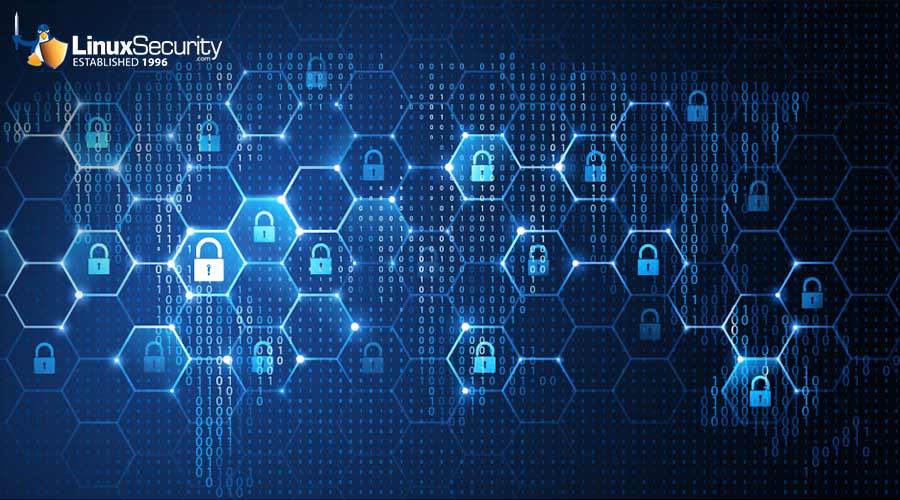A Quantum Leap in Cryptography
To build his black box, Elliott has used off-the-shelf fiber-optic gear such as lasers and detectors, which he has tweaked to do unusual things. The goal is to reliably emit and detect single photons or tightly linked pairs of photons -- the key particles in light waves. It's all part of a leading edge information-security field known as quantum cryptography.
Over the next few years, Elliott and others in the field may turn the information-security business on its ear. Quantum cryptography could make the secret codes that protect data transmissions far more difficult to decipher -- an important feature for financial-services companies, telecom carriers, and governments. Quantum cryptography may also quickly alert systems administrators to the presence of cybersnoops, whether they be hackers, fraudsters, or corporate spies.
The link for this article located at BusinessWeek is no longer available.























